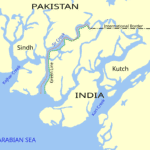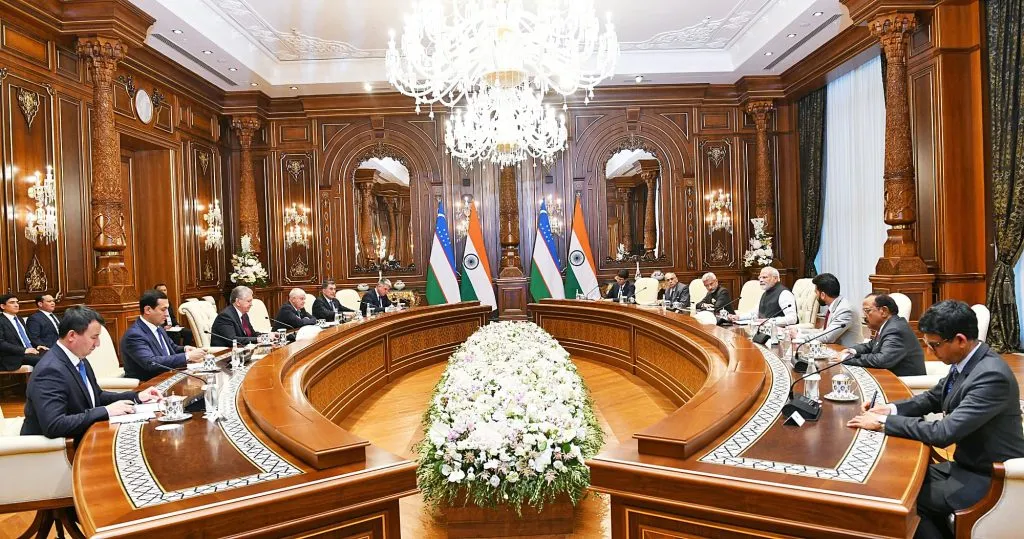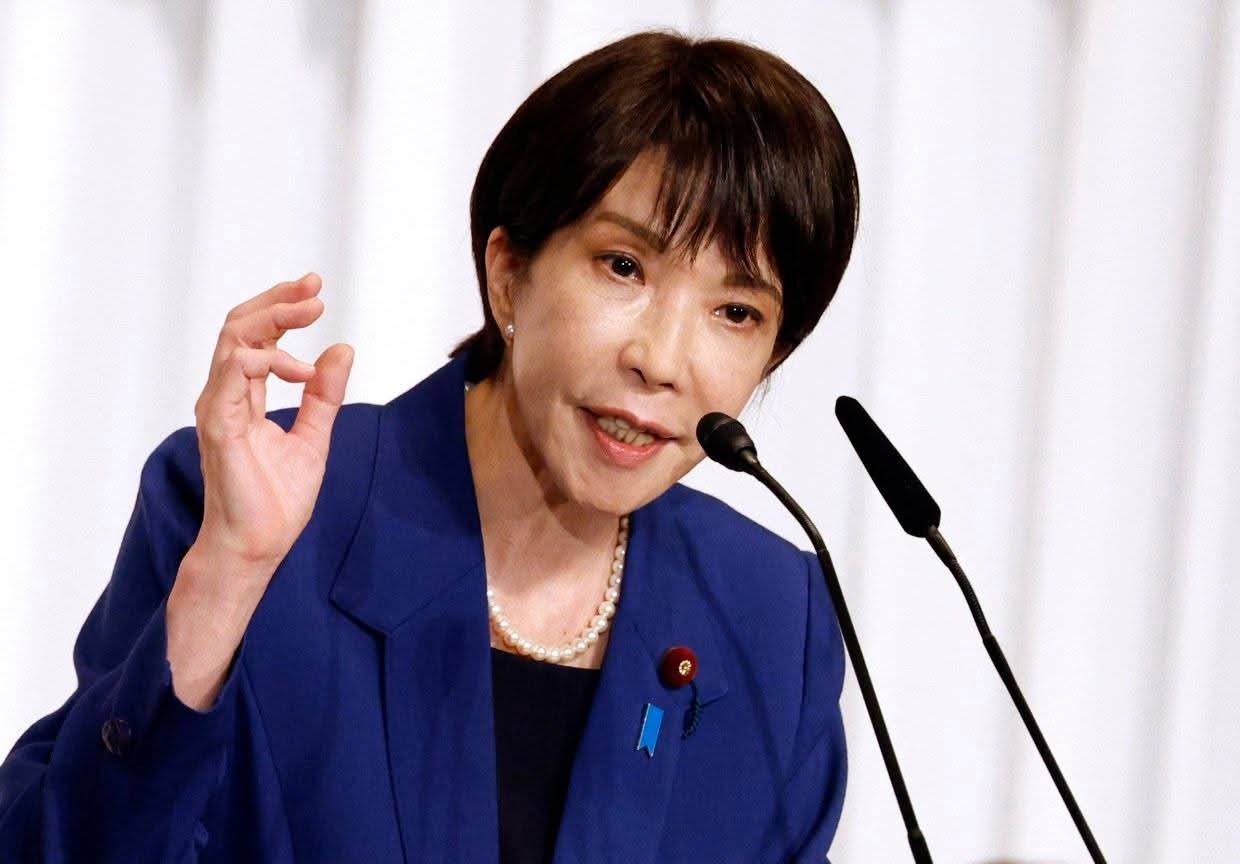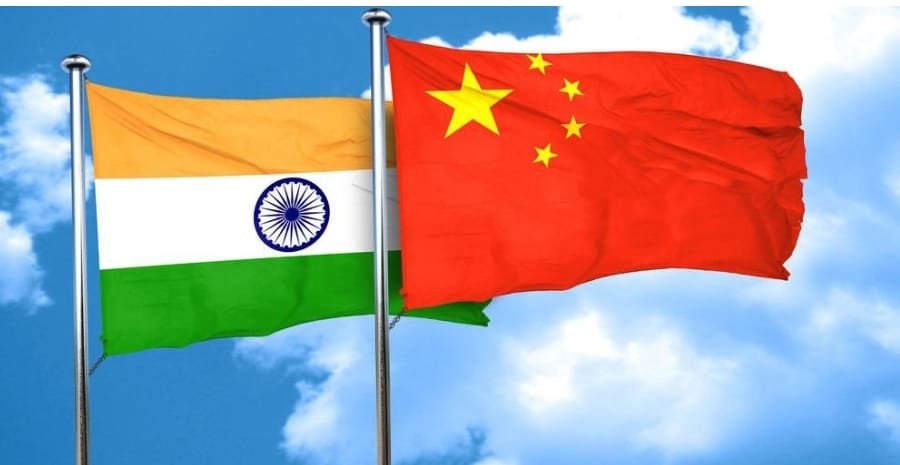India’s foreign policy has undergone a significant transformation since independence. From its staunch commitment to the Non-Aligned Movement (NAM) during the Cold War to adopting a more dynamic and pragmatic “multi-alignment” strategy in the 21st century, India has redefined its role on the global stage. This shift reflects its evolving national interests, changing global power dynamics, and a commitment to maintaining strategic autonomy while contributing to global peace and development.
India’s Non-Alignment Policy: Origins and Philosophy
Non-alignment emerged as the cornerstone of India’s foreign policy post-independence under the leadership of Prime Minister Jawaharlal Nehru. This policy was shaped by:
- Colonial Experience: India’s prolonged colonial subjugation made it wary of alliances that could compromise its sovereignty.
- Cold War Dynamics: The bipolar world order led by the USA and the USSR necessitated a neutral stance for newly independent nations.
- Gandhian Ideals: Non-violence and peace were central to India’s worldview.
- Global South Leadership: India aimed to champion the cause of decolonized and developing nations.
The Non-Aligned Movement (NAM), established in 1961 with India as a founding member, symbolized resistance to bloc politics. It promoted peace, disarmament, and equitable global development, giving a collective voice to countries seeking independence from superpower rivalry.
From Non-Alignment to Multi-Alignment: The Shift
India’s foreign policy underwent a decisive shift after 2014, marked by a proactive and pragmatic approach under the leadership of Prime Minister Narendra Modi. While the principles of strategic autonomy and non-alignment remained at its core, India adopted a multi-alignment strategy to navigate the complexities of a rapidly changing global order.
This transformation was driven by the need to secure national interests amidst growing geopolitical tensions, economic interdependence, and evolving security challenges. Multi-alignment reflects India’s aspiration to be a significant global player, engaging with multiple nations and blocs based on mutual interests, rather than aligning with any single power.
Post-2014, India has pursued deeper partnerships with major powers like the USA, Russia, and the EU, while strengthening ties with regional partners such as Japan, Australia, and ASEAN. Initiatives like the Act East Policy, the Quad, and India’s leadership in forums like G20 and BRICS exemplify its multi-alignment strategy. At the same time, India has expanded its global outreach by leveraging soft power, enhancing economic diplomacy, and positioning itself as a key voice on issues like climate change and global health.
This approach underscores India’s resolve to maintain its strategic autonomy while contributing actively to a multipolar world, where power is dispersed, and cooperation, rather than confrontation, is prioritized.
Drivers of Transition
- End of the Cold War: The collapse of the USSR in 1991 rendered the bipolar world order obsolete, necessitating a reorientation of India’s foreign policy.
- Economic Liberalization: The economic reforms of 1991 integrated India into the global economy, requiring deeper engagement with major powers.
- Rising Regional and Global Challenges: Terrorism, climate change, and emerging technologies called for partnerships across ideological divides.
- China’s Assertiveness: China’s rise and its Belt and Road Initiative (BRI) posed both economic and strategic challenges, prompting India to diversify its alliances.
- Multipolar World Order: The emergence of new power centers like the EU, Japan, and BRICS nations required India to adopt a pragmatic approach.
Principles of Multi-Alignment
Strategic Autonomy: Maintaining independence in decision-making while engaging with multiple nations.
Issue-Based Partnerships: Collaborating with different countries on specific issues like trade, defense, or climate change.
Balancing Power: Counterbalancing the influence of major powers through diversified alliances.
Need for Multi-Alignment
- Economic Growth and Development
Partnerships with the USA, EU, Japan, and ASEAN bolster trade, investment, and technology transfer.
Agreements like the Quad and Indo-Pacific Economic Framework (IPEF) ensure India’s integration into global supply chains.
- Security and Defense
Cross-border terrorism, cybersecurity threats, and maritime disputes necessitate global cooperation.
Defense partnerships with the USA, Russia, Israel, and France enhance India’s military capabilities.
- Geopolitical Stability
Multi-alignment allows India to counterbalance China’s regional dominance while maintaining peaceful ties.
India’s leadership in forums like the G20 and BRICS showcases its commitment to a stable, multipolar world.
- Global Leadership Role
By engaging with diverse nations, India strengthens its claim for a permanent seat on the UN Security Council.
Initiatives like the International Solar Alliance (ISA) highlight India’s role in addressing global challenges.
Security Implications of Multi-Alignment
- Defense Modernization
India’s multi-alignment policy has enabled it to procure advanced military technologies from countries like Russia (S-400 missile systems), the USA (Apache and Chinook helicopters), and Israel (Heron drones).
- Maritime Security
India’s Act East Policy and its engagement with ASEAN bolster maritime security in the Indo-Pacific.
Participation in Quad naval exercises enhances interoperability with other democracies to counterbalance China’s presence.
- Counter-Terrorism
Collaboration with nations like the USA and Israel strengthens India’s counter-terrorism capabilities through intelligence sharing and technology transfer.
- Cybersecurity
Partnerships with global tech leaders ensure India’s preparedness against cyber threats, enhancing both national and global security.
- Energy Security
Agreements with Middle Eastern countries and Russia ensure a steady supply of oil and gas.
India’s leadership in renewable energy initiatives reduces dependency on fossil fuels.
India’s Contribution to the World through Multi-Alignment
- Global Peace and Stability
India’s participation in UN peacekeeping missions reflects its commitment to global peace.
Diplomatic efforts, such as mediating in the Russia-Ukraine conflict, highlight India’s growing stature as a peacebuilder.
- Climate Change Leadership
Initiatives like the International Solar Alliance (ISA) and commitments to Net Zero by 2070 showcase India’s leadership in sustainable development.
India’s advocacy for climate justice ensures the concerns of developing nations are addressed.
- Technology and Innovation
Collaborations in space exploration, such as agreements with NASA and Roscosmos, highlight India’s technological prowess.
India’s digital diplomacy, exemplified by platforms like CoWIN for vaccine distribution, offers scalable solutions to global challenges.
- Humanitarian Aid
India’s “Vaccine Maitri” initiative during the COVID-19 pandemic supplied vaccines to over 100 countries.
Disaster relief efforts in Nepal, Sri Lanka, and the Indian Ocean region underline India’s commitment to regional stability.
- Cultural Diplomacy
Yoga, Ayurveda, and Indian cinema serve as soft power tools, strengthening India’s global influence.
India’s diaspora plays a vital role in building bridges across nations.
Challenges in Multi-Alignment
- Managing Contradictions
Balancing ties with rival nations like the USA and Russia or Israel and Iran requires diplomatic finesse.
China’s strategic alliances in South Asia and Africa pose counter-challenges to India’s efforts.
- Resource Constraints
Limited financial and human resources can hinder India’s ability to maintain its expansive foreign policy.
- Domestic Political Pressures
Domestic debates on defense spending and trade agreements can impact foreign policy decisions.
- Global Uncertainties
Unpredictable global events, such as pandemics or economic recessions, require continuous adaptation.
India’s transition from non-alignment to multi-alignment represents a pragmatic evolution of its foreign policy, aligning with its aspirations as a global power. By leveraging strategic autonomy and fostering issue-based partnerships, India addresses its developmental and security needs while contributing to global peace, stability, and progress.
As the world grapples with challenges like climate change, pandemics, and geopolitical tensions, India’s balanced and inclusive approach positions it as a pivotal player in shaping a multipolar, equitable, and sustainable global order.
India’s journey from being a voice for the Global South to a leader in global governance underscores its commitment to building a better future for all.












